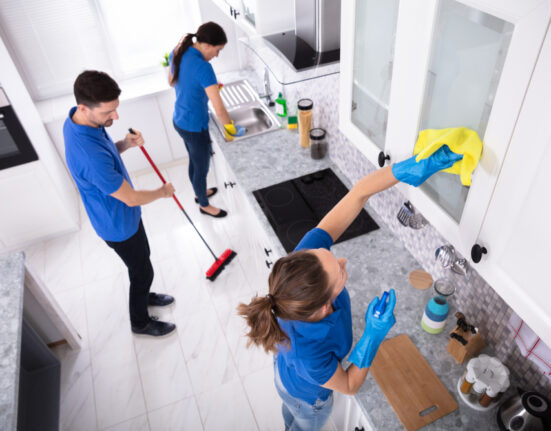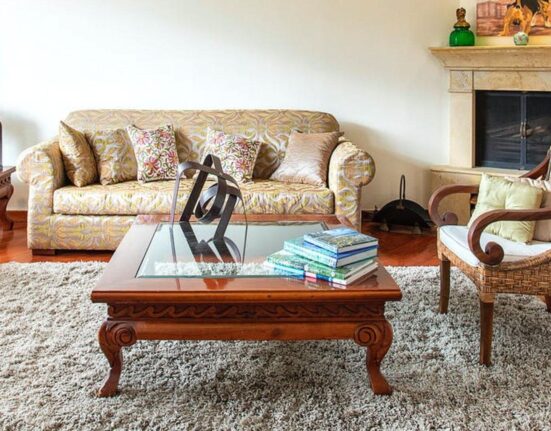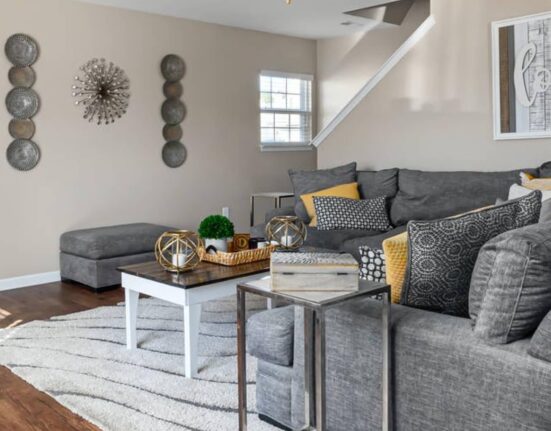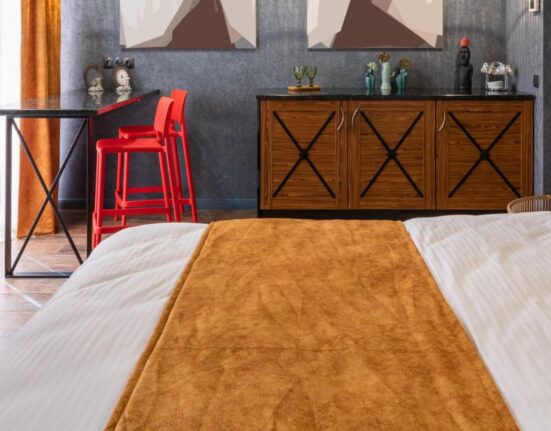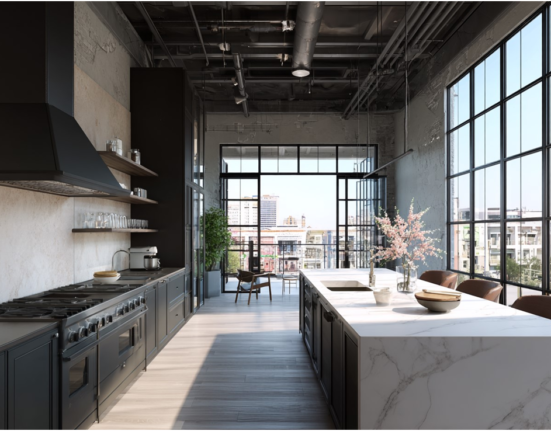Transitioning a child from a crib to a toddler bed marks an exciting milestone in their development. As parents prepare for this change, safety becomes a paramount concern. A safe toddler bed should have low side rails, a sturdy frame, and meet current safety standards to prevent accidents and injuries.
Choosing the right toddler bed involves considering various factors beyond safety. Comfort plays a crucial role in ensuring quality sleep for growing children. Look for beds with supportive mattresses and cozy bedding options that suit your child’s preferences.
Ease of assembly and durability are practical aspects to keep in mind when selecting a toddler bed. Opt for models that are built to withstand active toddlers and can be easily cleaned. Some beds even offer additional features like built-in storage or themed designs to make the transition more appealing to young children.
Key Takeaways
- Safety features like low side rails and sturdy construction are essential for toddler beds
- Comfort and ease of assembly contribute to a positive sleep environment for children
- Consider durability and additional features to enhance the bed’s functionality and appeal
Essential Safety Features
Choosing a toddler bed with the right safety features is crucial for your child’s well-being. Key elements include secure rails, sturdy construction, proper mattress fit, and compliance with safety standards.
Secure Rails and Guardrails
Toddler beds should have secure side rails to prevent falls during sleep. Look for beds with rails on both sides that extend at least 5 inches above the mattress surface. Guardrails should be firmly attached and free of gaps that could trap a child’s head or limbs.
Some beds offer removable rails, allowing for gradual transition as your child grows. Ensure these are easy to install and remove without compromising stability.
Rails should have smooth edges and corners to prevent injuries. Avoid designs with decorative cutouts large enough for a toddler to get stuck in.
Sturdy Construction and Materials
A safe toddler bed must be built to withstand active use. Look for beds made from solid wood or metal with reinforced joints and corners. Avoid plastic beds, which may not be as durable.
Check that all screws, bolts, and other fasteners are secure and cannot be easily loosened by a child. There should be no sharp edges, protruding hardware, or small parts that could pose a choking hazard.
Quality materials contribute to longevity and safety. Opt for beds made from non-toxic, lead-free materials. Some manufacturers offer Greenguard Gold certified products, ensuring low chemical emissions.
Proper Fit and Mattress Selection
A snug fit between the bed frame and mattress is essential to prevent entrapment. Most toddler beds are designed to use a standard crib mattress. Ensure there are no gaps larger than two fingers’ width between the mattress and bed frame.
Choose a firm mattress that fits the bed frame precisely. Avoid using adult mattresses or soft bedding, which can increase the risk of suffocation.
Check the bed’s weight limit and ensure it can support your child as they grow. Many toddler beds have a capacity of 50 pounds or more.
Certifications and Standards
Look for toddler beds that meet or exceed safety standards set by the Consumer Product Safety Commission (CPSC) and the Juvenile Products Manufacturers Association (JPMA). These organizations test for stability, structural integrity, and potential hazards.
JPMA certification indicates compliance with ASTM International safety standards. This includes testing for pinch points, entrapment hazards, and structural strength.
Some manufacturers go beyond basic requirements with additional safety certifications. These may include impact testing, toxicity screening, and durability assessments.
Always check for recalls before purchasing a toddler bed. The CPSC website provides up-to-date information on product safety issues and recalls.
Design, Comfort, and Convenience
When selecting a toddler bed, parents should consider aesthetics, ease of use, and adaptability. These factors contribute to a positive transition experience for both children and caregivers.
Aesthetic and Variety of Designs
Toddler beds come in various styles to suit different preferences. Some feature fun themes like race cars or princess castles, while others offer more neutral designs. Colors range from vibrant pink and blue to subdued natural tones.
Low-profile floor beds provide a modern look and added safety. For shared rooms, bunk bed options maximize space efficiency. Many brands use quality materials like solid wood or durable veneers for an appealing finish.
Consider your child’s interests and room decor when choosing a design. A bed that excites your toddler can make the transition more enjoyable.
Ease of Assembly and Use
Toddler beds should be simple to set up and maintain. Look for models with clear assembly instructions and minimal required tools. Some beds feature tool-free assembly for added convenience.
Removable guardrails allow easy access for bedding changes and cleaning. Adjustable mattress heights accommodate growing children and different mattress thicknesses.
For frequent travelers, portable toddler beds offer a familiar sleep environment away from home. These typically fold compactly for storage and transport.
Additional Features for Adaptability
Many toddler beds offer built-in storage solutions. Drawers underneath the bed or shelving in the headboard provide space for toys, books, or extra bedding.
Convertible options grow with your child. Some models transform from cribs to toddler beds and eventually to twin-sized beds, offering long-term value.
Adjustable height settings allow customization as your child grows. This feature also helps parents find a comfortable height for bedtime routines.
Consider beds with rounded edges and non-toxic finishes for added safety. Sturdy construction ensures stability and longevity, even with active toddlers.
Conclusion
Choosing a safe toddler bed requires careful consideration of several key features. A sturdy frame, low height, and safety rails are essential for preventing falls and injuries. Rounded edges and non-toxic materials protect against bumps and potential health hazards. Certifications from reputable safety organizations provide additional assurance of quality and compliance with safety standards. By prioritizing these safety features, parents can ensure a smooth transition from crib to toddler bed while keeping their child secure during sleep.


